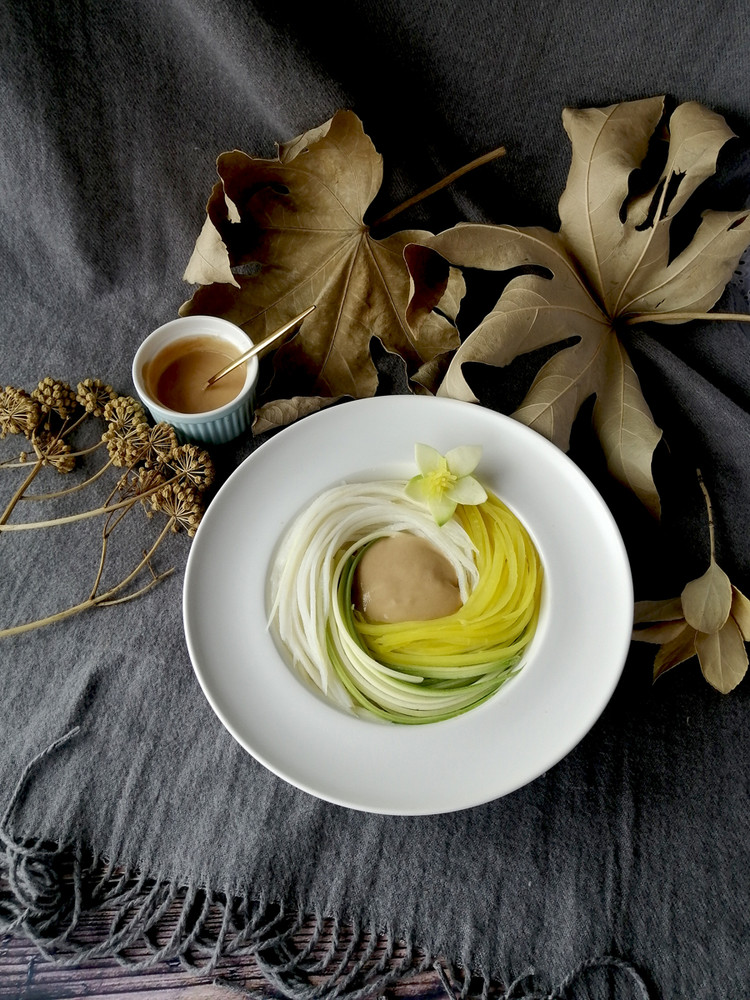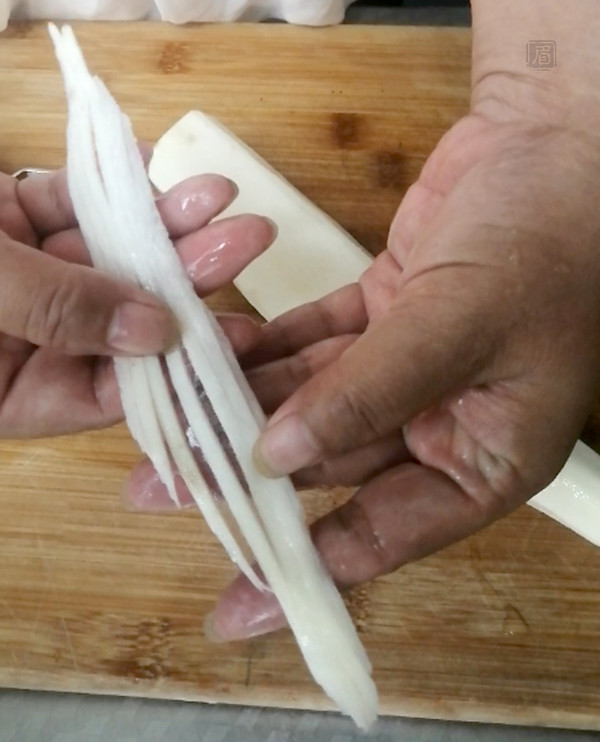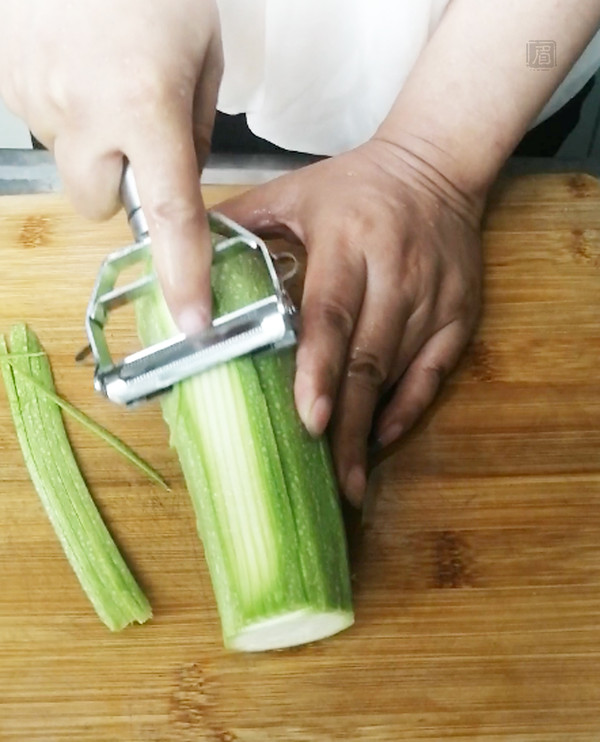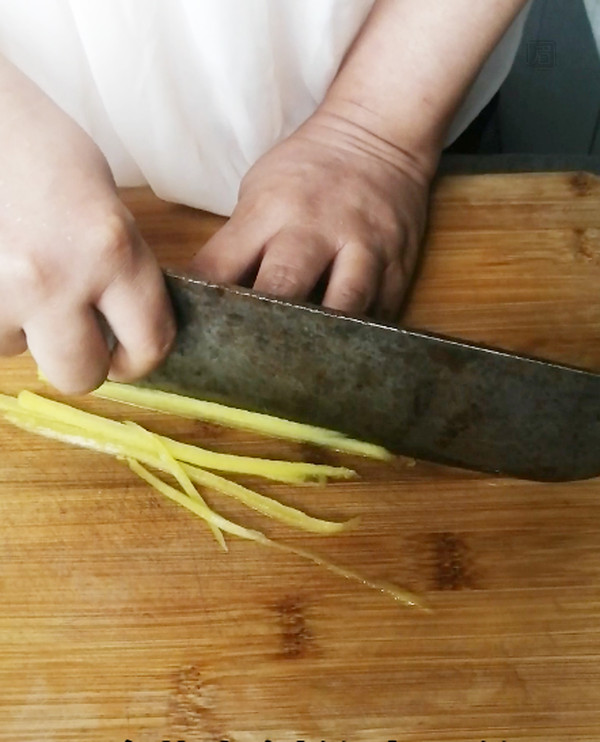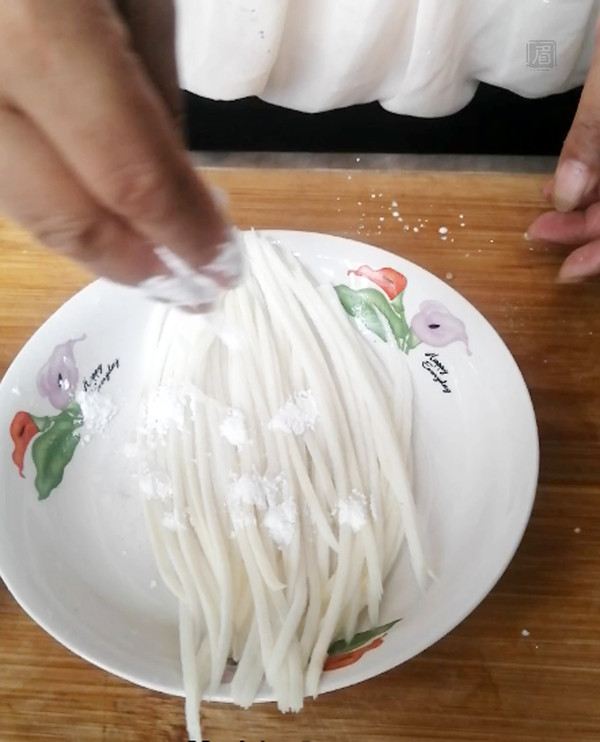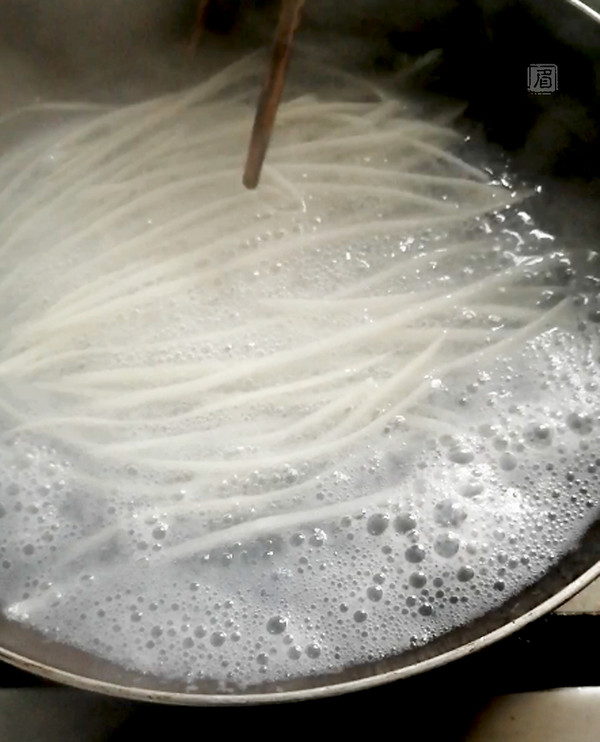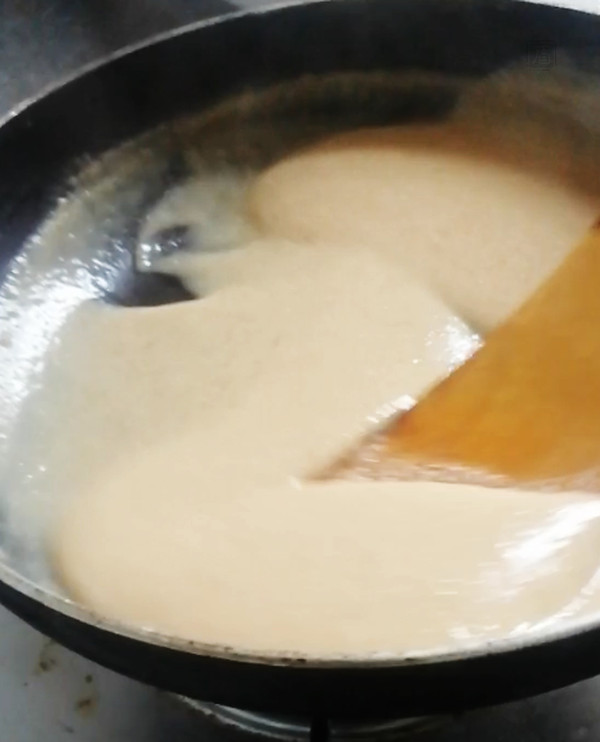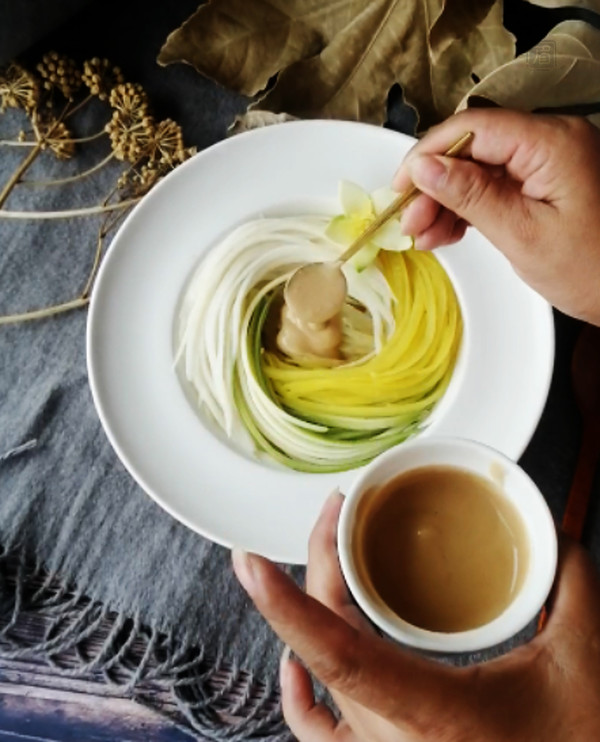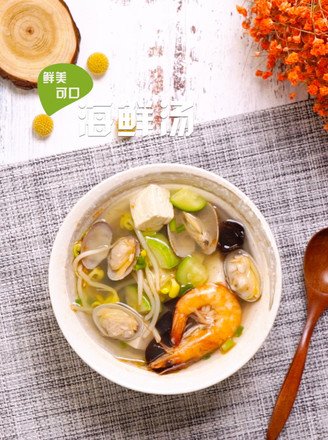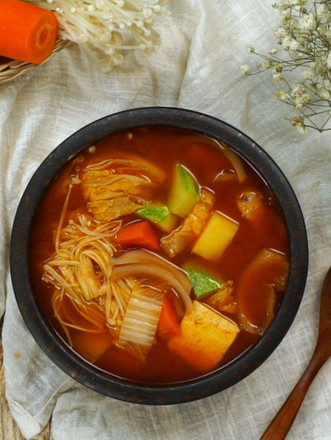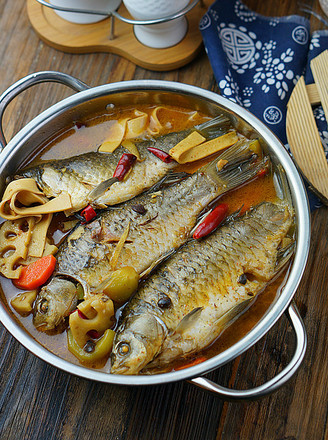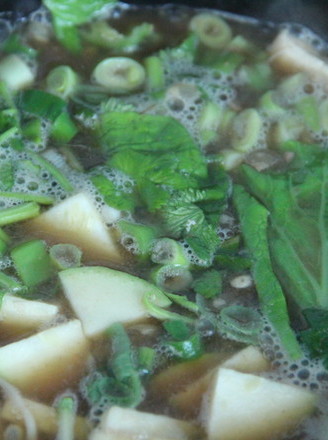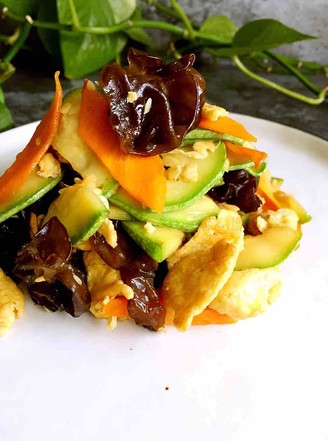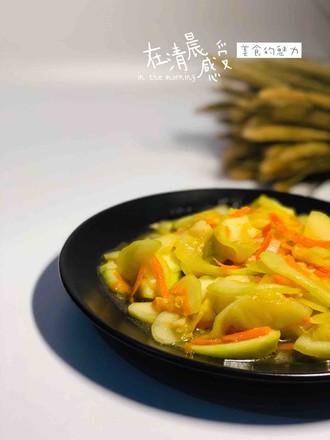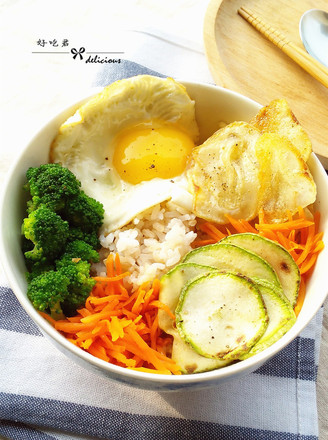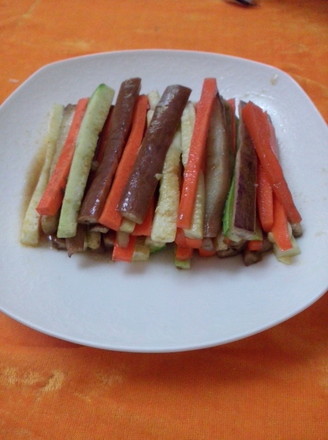Three-wire Mixed "noodles" without A Piece of Flour
by Eyebrow
Favorite
Difficulty
Easy
Time
5m
Serving
2
A healthy eating habit is "Eat a good breakfast, eat a full lunch, and eat less dinner". Supper is not in line with this healthy rule, but who can resist the charm of supper? What's more, some people with a bad stomach, such as me, must eat something before going to bed, otherwise the stomach will be uncomfortable and I can't sleep.
Today, I recommend a "noodle" for supper, and of course it can also be used as a staple food. This noodle does not use a single piece of flour, it is made entirely of vegetables and paired with delicious peanut butter to create a perfect plate of noodles. Because it is made of vegetables, this bowl of "noodles" has very low calories, and the source of calories is only the seasonings. It is rich in dietary fiber, which makes you feel full and will not make you eat too much by accident. Rich in vitamins and other nutrients, it is delicious and healthy.
This supper is inspired by the potato noodles from Ambaba in "Please Take the Refrigerator".
Today, I recommend a "noodle" for supper, and of course it can also be used as a staple food. This noodle does not use a single piece of flour, it is made entirely of vegetables and paired with delicious peanut butter to create a perfect plate of noodles. Because it is made of vegetables, this bowl of "noodles" has very low calories, and the source of calories is only the seasonings. It is rich in dietary fiber, which makes you feel full and will not make you eat too much by accident. Rich in vitamins and other nutrients, it is delicious and healthy.
This supper is inspired by the potato noodles from Ambaba in "Please Take the Refrigerator".

